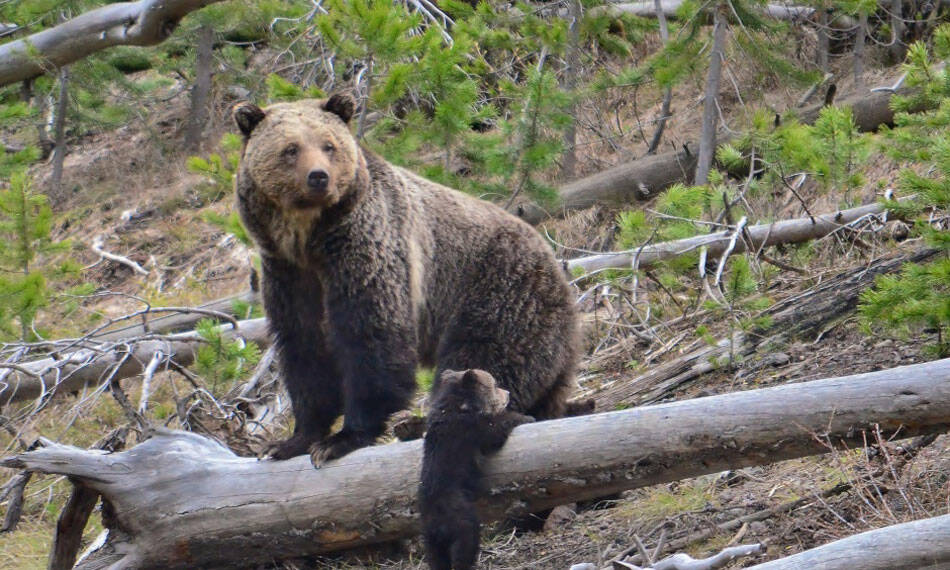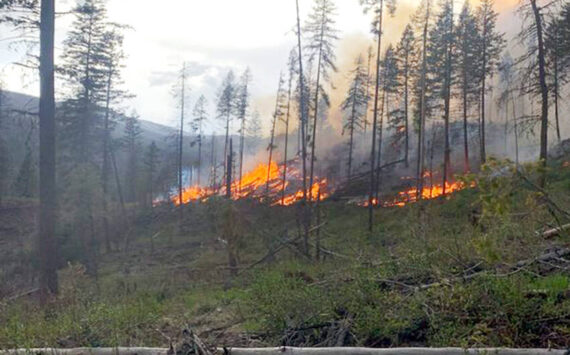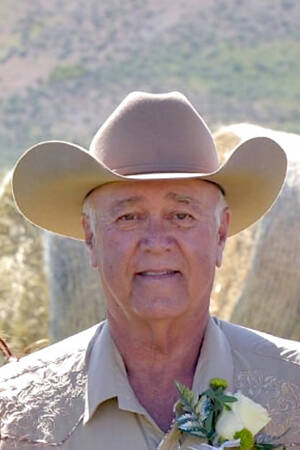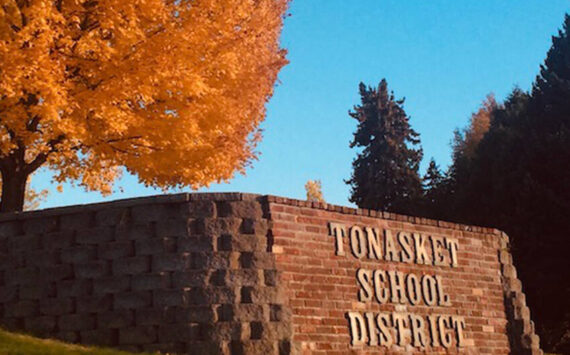By Randy Bracht | The Center Square
(The Center Square) – U.S. Rep. Dan Newhouse, R-Wash., has condemned the federal government’s consideration of re-introducing grizzly bears into the North Cascades region of Washington state.
The controversial proposal – supported by some environmental interests but opposed by many area residents – has been raised at times over the past decade by the National Parks Service and the U.S. Fish and Wildlife Service. There was initial impetus under the Obama Administration, then shelved under the Trump Administration, and now returning under the Biden Administration.
Earlier this week, the two federal agencies announced a public comment process on the release of a draft environmental impact statement which evaluates options in restoring grizzly bears in the North Central Washington ecosystem, plus a proposed management rule under the Endangered Species Act.
“The National Parks Service and Fish and Wildlife Service should end this process immediately by rescinding the draft EIS and proposed … rule,” said Newhouse,
who represents the 4th Congressional District which stretches between Canada and Oregon. “The introduction of grizzlies into the North Cascades would be devastating for our North Central Washington communities.”
“Time and again, our communities have spoken to express staunch opposition to the introduction of these apex predators, which would be detrimental to our families, wildlife, and livestock alike,” Newhouse said in a news release Thursday, noting that the introduction of grizzlies has been deemed illegal by the Washington State Legislature since 1995.
“It’s past time for the Biden Administration to listen to my constituents’ voices, who overwhelmingly oppose this decision, instead of forcing bad policy on us from D.C. bureaucrats and environmental activists in California,” the congressman said.
In 2018, the House of Representatives approved legislation containing an amendment by Newhouse to deny funding for transporting grizzlies into the North Cascades.
Federal officials say grizzly bears occupied the North Cascades for thousands of years until they were hunted into extinction by humans over the last century. The last confirmed sighting of one of the omnivorous animals in Washington’s North Cascades was in 1996. Proponents of their reintroduction say the bears can be an essential part of the ecosystem, distributing native seed plants and keeping other wildlife populations in balance.
“We are looking for the public’s help in selecting the best path forward as we evaluate grizzly bear recovery on these federal lands,” said Don Striker, superintendent of North Cascades National Park, in an announcement Thursday.
The designated ecosystem includes North Cascades National Park and portions of the Mount Baker-Snoqualmie, Wenatchee and Okanogan National Forests. Elsewhere, a small population of grizzlies has been observed in the very northeast portion of Washington state, northern Idaho, and their adjacent Canadian borders.
Outside of Alaska, U.S. population estimates for the bears vary between 1,500 and 2,200 with the largest numbers found in northwestern and southwestern Montana and northwestern Wyoming. They are a federally designated threatened species. In the lower 48 states, male grizzly bears generally average between 400 to 600 pounds and some wild bears have lived over 35 years. They tend to be solitary and adult males can roam between 40 and 100 miles. On occasion, they have attacked and killed humans and can prey on livestock.
In October 2019, hundreds of people turned out for a public listening session requested by Newhouse and held at the Okanogan County Fairgrounds with a representative from the U.S. Department of Interior. At the time, said Newhouse, 50 people spoke in opposition to grizzly bear introduction and 12 people supported it.
In 2020, the Department of Interior concluded that grizzly bears would not be introduced into the North Cascades ecosystem. But last November, U.S. Fish and Wildlife and the Park Service announced the start of an EIS process to consider restoring and managing grizzles in the region.
According to Newhouse, over, 6,200 comments have been received on the draft EIS with the vast majority coming from outside Washington state.
The draft impact statement outlines three alternatives: no action and two which call for re-introducing the bears, but differing in how their populations might be managed. One of the alternatives would designate grizzlies as an “experimental population” under the federal Endangered Species Act, or ESA. According to the feds, that would provide more safety, security, and options in managing the bears, including deterrence, relocation, or removal of animals involved in conflicts.
If that is the selected option moving forward, Fish and Wildlife is separately seeking public input on a proposed “10(j) rule” to the ESA that could restore “our natural heritage” in a way that “ensures communities, property, and animals can all coexist peacefully,” said USFWS regional director Hugh Morrison.
Comments on the draft EIS and proposed 10(j) rule must be submitted separately during a 45-day public comment period.
For EIS information, including public meetings, visit https://parkplanning.nps.gov/NCEGrizzly.
Proposed 10(j) rule is listed at regulations.gov under Docket No. FWS–R1–ES–2023–0074.







